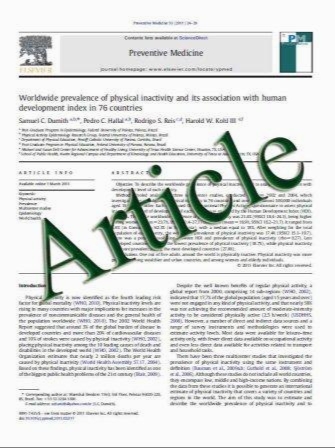CD44 in hematological neoplasias
- نوع فایل : کتاب
- زبان : انگلیسی
- مؤلف : Magdalena Katharina Hertweck & Felix Erdfelder & Karl-Anton Kreuzer
- چاپ و سال / کشور: 2011
Description
The CD44 protein family spans a large group of transmembrane glycoproteins acquired by alternative splicing and post-translational modifications. The great heterogeneity in molecular structure is reflected in its various important functions: CD44 mediates (1) interaction between cell and extracellularmatrix, (2) signal submission, e. g., by acting as co-receptor for membrane-spanning receptor tyrosine kinases or by association with intracellular molecules initiating several signaling pathways, and (3) anchor function connecting to the cytoskeleton via the ezrin-radixin-moesin protein family. The expression pattern of the different CD44 isoforms display strong variations dependent on cell type, state of activation, and differentiation stage. In hematopoietic cells, CD44 mediates interaction of progenitor cells and bone marrow stroma during hematopoiesis, regulates maturation, and activation-induced cell death in T cells, influences neutrophil and macrophage migration as well as cytokine production, and participates in lymphocyte extravasation and migration. CD44 is involved in development and progress of hematological neoplasias by enhancement of apoptotic resistance, invasiveness, as well as regulation of bone marrow homing, and mobilization of leukemia-initiating cells into the peripheral blood. Thereby altered CD44 expression functions as marker for worse prognosis in most hematological malignancies. Additionally, CD44 expression levels can be used to distinguish between different hematological neoplasias and subtypes. Concerning new treatment strategies, CD44 displays promising potential either by direct targeting of CD44 expressed on the malignant cells or reversing an acquired resistance to primary treatment mediated through altered CD44 expression. The former can be achieved by antibody or hyaluronan-based immunotherapy.
Ann Hematol (2011) 90:493–508 DOI 10.1007/s00277-011-1161-z Received: 31 August 2010 / Accepted: 13 January 2011 / Published online: 22 January 2011


